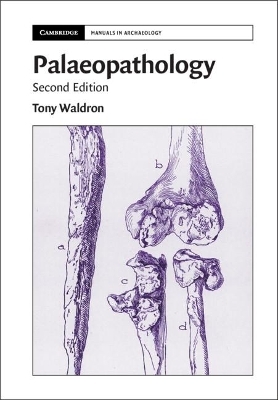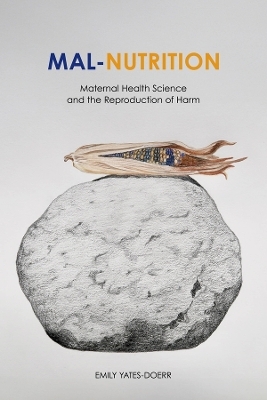
Palaeopathology
Seiten
2020
|
2nd Revised edition
Cambridge University Press (Verlag)
978-1-108-49958-3 (ISBN)
Cambridge University Press (Verlag)
978-1-108-49958-3 (ISBN)
The book is for those who examine human remains and who wish to recognise and diagnose disease in those remains. It introduces operational definitions for making diagnoses to ensure comparability between studies. The book also shows how properly to analyse results from studies of assemblages of human remains.
Palaeopathology is an evidence-based guide to the principal types of pathological lesions often found in human remains and how to diagnose them. Tony Waldron presents an innovative method of arriving at a diagnosis in the skeleton by applying what he refers to as 'operational definitions'. The method ensures that those who study bones will use the same criteria for diagnosing disease, thereby enabling valid comparisons to be made between studies. Waldron's book is based on modern clinical knowledge and provides background information on the natural history of bone disease. In addition, the volume demonstrates how results from studies should be analysed, methods of determining the frequency of disease, and other types of epidemiological analysis. This edition includes new chapters on the development of palaeopathology, basic concepts, health and disease, diagnosis, and spinal pathology. Chapters on analysis and interpretation have been thoroughly revised and enlarged.
Palaeopathology is an evidence-based guide to the principal types of pathological lesions often found in human remains and how to diagnose them. Tony Waldron presents an innovative method of arriving at a diagnosis in the skeleton by applying what he refers to as 'operational definitions'. The method ensures that those who study bones will use the same criteria for diagnosing disease, thereby enabling valid comparisons to be made between studies. Waldron's book is based on modern clinical knowledge and provides background information on the natural history of bone disease. In addition, the volume demonstrates how results from studies should be analysed, methods of determining the frequency of disease, and other types of epidemiological analysis. This edition includes new chapters on the development of palaeopathology, basic concepts, health and disease, diagnosis, and spinal pathology. Chapters on analysis and interpretation have been thoroughly revised and enlarged.
Tony Waldron is Professor at the Institute of Archaeology, University College London. An epidemiologist and consulting physician at three London teaching hospitals, he is the author of several hundred papers and books.
Part I. Introduction and Concepts: 1. Beginnings; 2. Basic assumptions; 3. Health and disease; 4. Diagnosis; Part II. Pathology: 5. Osteoarthritis; 6. Other joint diseases; 7. Spinal pathology; 8. Infectious diseases; 9. Metabolic diseases; 10. Trauma; 11. Neoplastic diseases; 12. Disorders of growth and development; 13. Special pathology; 14. Dental disease; Part III. Analysis: 15. Introduction to epidemiology; 16. Interpretation.
| Erscheinungsdatum | 15.01.2021 |
|---|---|
| Reihe/Serie | Cambridge Manuals in Archaeology |
| Zusatzinfo | Worked examples or Exercises |
| Verlagsort | Cambridge |
| Sprache | englisch |
| Maße | 182 x 260 mm |
| Gewicht | 940 g |
| Themenwelt | Geisteswissenschaften ► Archäologie |
| Sozialwissenschaften ► Ethnologie | |
| Sozialwissenschaften ► Soziologie | |
| ISBN-10 | 1-108-49958-9 / 1108499589 |
| ISBN-13 | 978-1-108-49958-3 / 9781108499583 |
| Zustand | Neuware |
| Informationen gemäß Produktsicherheitsverordnung (GPSR) | |
| Haben Sie eine Frage zum Produkt? |
Mehr entdecken
aus dem Bereich
aus dem Bereich
maternal health science and the reproduction of harm
Buch | Softcover (2024)
University of California Press (Verlag)
CHF 52,35
Holocaust heritage, noncitizen futures, and black power in Berlin
Buch | Softcover (2022)
University of California Press (Verlag)
CHF 52,35


